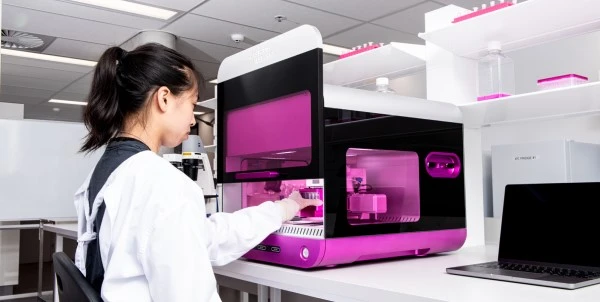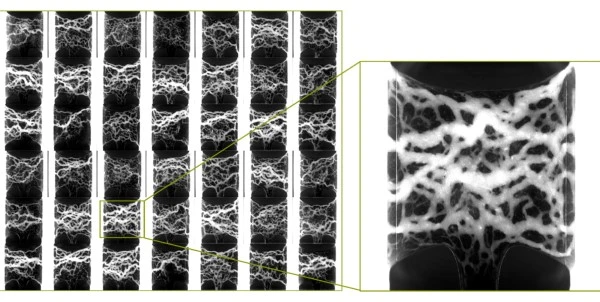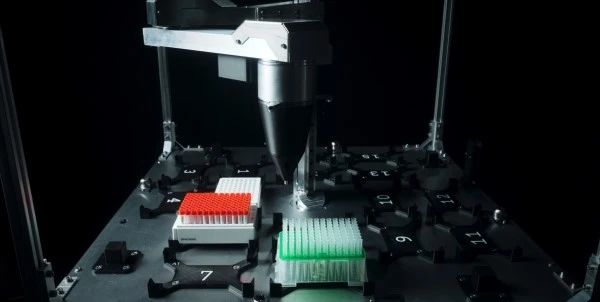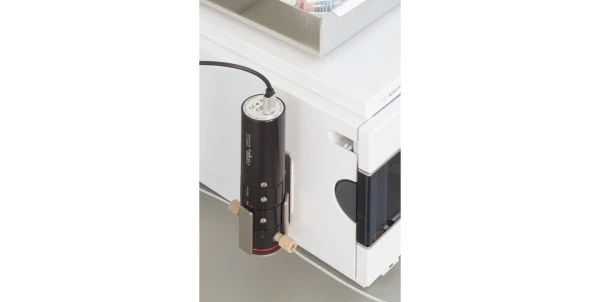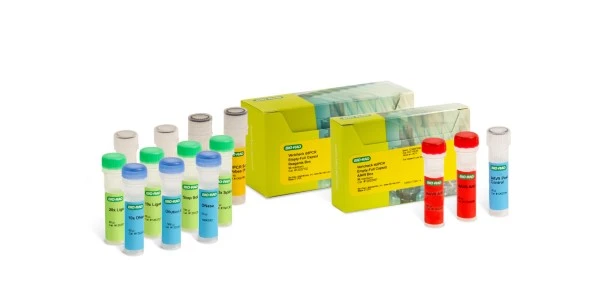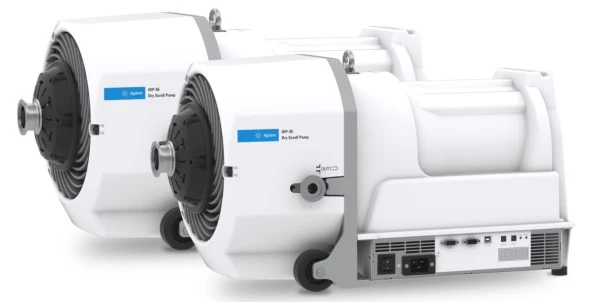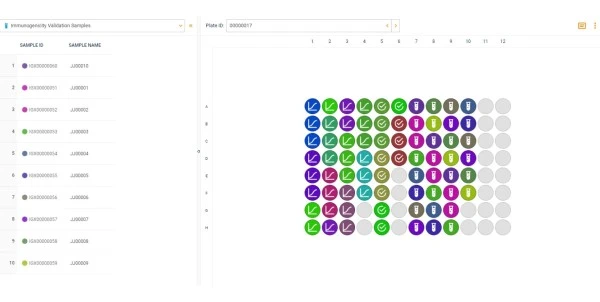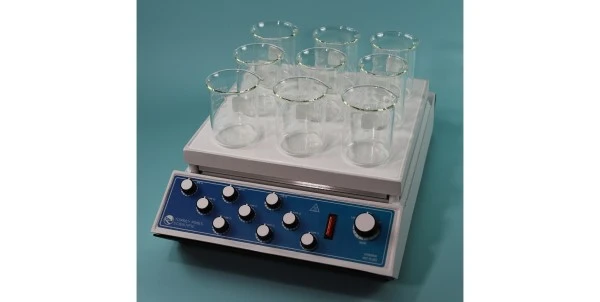
Electrochemical Impedance Spectroscopy (EIS) for Battery Health Monitoring
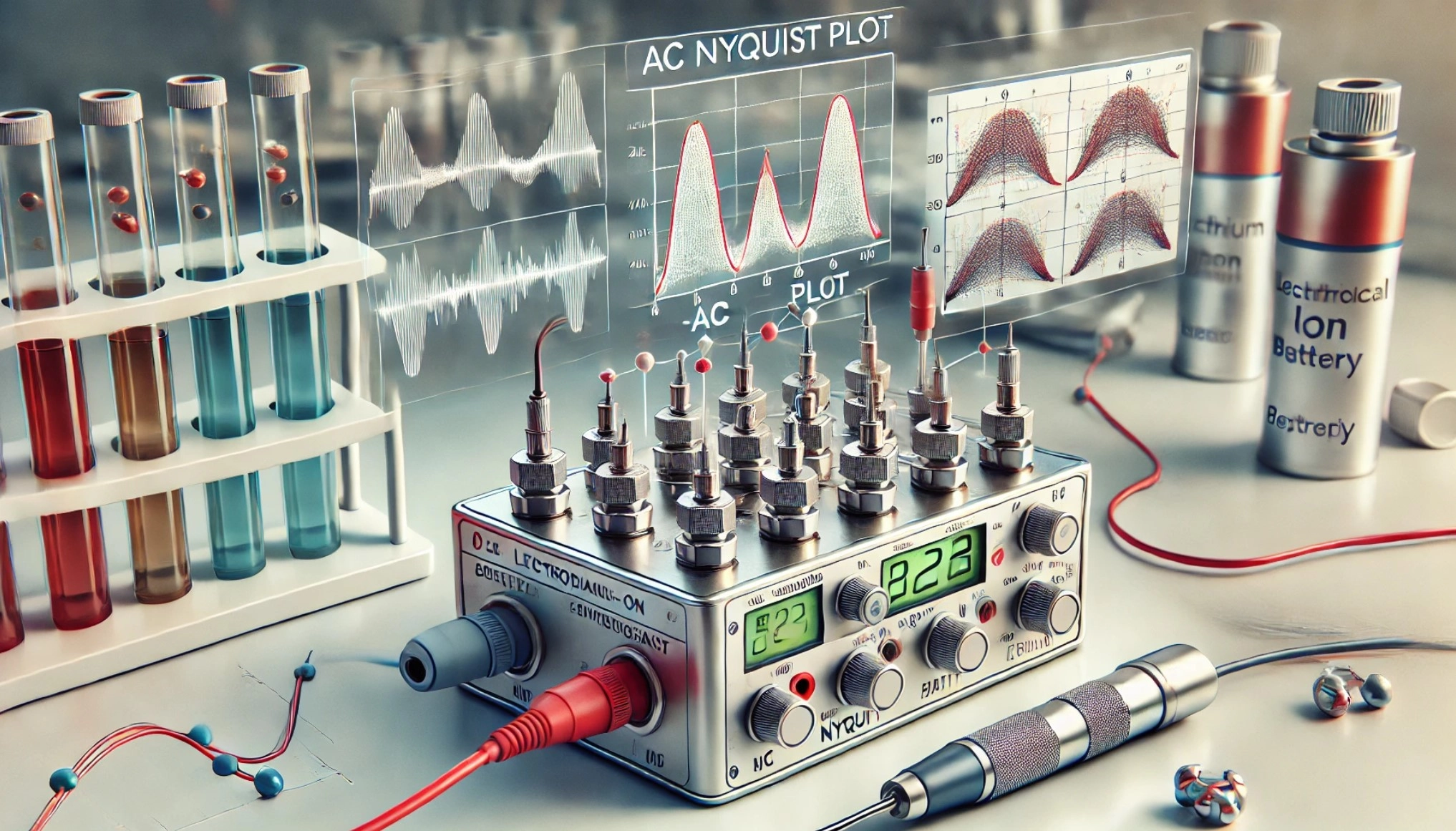
As lithium-ion batteries power a growing number of industries, from electric vehicles to consumer electronics, monitoring battery health is critical to ensuring safety and longevity. Electrochemical Impedance Spectroscopy (EIS) has become a leading tool for assessing the internal condition of batteries without damaging them, offering real-time insights into battery performance, state of charge (SOC), and state of health (SOH). In this article, we’ll explore how EIS works, why it is so effective for battery health monitoring, and its key applications in various industries.
What is Electrochemical Impedance Spectroscopy (EIS)?
Electrochemical Impedance Spectroscopy (EIS) is an electrochemical testing technique that applies a small alternating current (AC) signal to a battery and measures its response over a range of frequencies. By analyzing how the battery reacts to these varying frequencies, EIS reveals valuable data about the battery's internal properties, including ion movement, charge transfer resistance, and electrode behavior.
EIS is non-invasive, meaning it can be used continuously throughout a battery’s life cycle without causing any damage, making it ideal for long-term monitoring.
How Does EIS Work for Battery Health Monitoring?
EIS works by applying an AC signal at different frequencies to a battery and measuring the resulting impedance, which is the opposition to the current flow. Impedance consists of resistance (static opposition to current) and reactance (dynamic opposition depending on the frequency of the AC signal). This information is typically presented in a Nyquist plot, which shows the real and imaginary components of impedance and helps identify the different processes occurring inside the battery.
Key insights gained from EIS include:
- Charge Transfer Resistance: Indicates the ease with which ions move between the electrolyte and the electrodes.
- Diffusion Processes: Provides information on how easily lithium ions diffuse through the battery materials.
- Electrode Degradation: Shows any issues with the electrodes that could affect battery capacity and efficiency.
By observing these parameters over time, EIS can detect early signs of battery aging, allowing operators to perform maintenance before significant performance issues arise.
Why is EIS Important for Battery Health Monitoring?
Non-Invasive and Continuous Monitoring: EIS allows for real-time, non-destructive testing, enabling operators to monitor battery health over its entire lifespan without dismantling or damaging the battery.
Early Detection of Battery Aging: By analyzing internal resistance and ion movement, EIS can detect signs of degradation long before a battery shows any outward performance issues, allowing for preventative maintenance.
Improved Safety: EIS helps identify potential safety risks, such as increased internal resistance that could lead to overheating or short circuits.
Optimized Battery Performance: EIS data can be integrated into Battery Management Systems (BMS) to optimize charging cycles and extend the overall life of a battery.
Key Applications of EIS in Battery Health Monitoring
Electric Vehicles (EVs): With the growing demand for electric vehicles, EIS plays a crucial role in monitoring the health of large battery packs. The technology helps ensure that EV batteries remain safe and functional over time by providing detailed insights into their internal performance.
Renewable Energy Storage: For large-scale energy storage systems in wind and solar power, EIS is used to monitor battery banks, ensuring that they deliver consistent power and have a long operating life.
Consumer Electronics: From smartphones to laptops, EIS helps manufacturers and designers ensure that lithium-ion batteries maintain their performance over time, improving battery life and user satisfaction.
Battery Research and Development: EIS is widely used in the development of new battery chemistries and materials. It allows researchers to understand how different components interact and affect overall battery performance.
Instruments Used for Electrochemical Impedance Spectroscopy (EIS)
Several advanced instruments are used to perform EIS, providing precise and reliable measurements for battery health monitoring:
Gamry Interface 1010E Potentiostat: This instrument is well-suited for EIS, offering high-precision measurements for a wide range of electrochemical applications, including lithium-ion battery research.
BioLogic SP-300 Potentiostat: With its multi-channel capabilities and built-in EIS functionality, the BioLogic SP-300 is ideal for battery health monitoring in research environments.
Metrohm Autolab PGSTAT302N: Known for its flexibility and accuracy, the PGSTAT302N can perform a variety of electrochemical tests, including EIS, making it a popular choice for battery testing.
Future Trends in EIS for Batteries
As battery technologies advance, so does the use of EIS. One significant trend is the integration of machine learning and artificial intelligence into EIS data analysis. AI can help identify patterns and predict future battery behavior, allowing for more accurate and efficient monitoring. Additionally, with the increasing focus on electric vehicles and renewable energy storage, the demand for more precise and faster EIS instruments is expected to rise.
Conclusion: The Critical Role of EIS in Battery Health Monitoring
Electrochemical Impedance Spectroscopy is a game-changer in battery health monitoring. Its ability to provide non-invasive, real-time insights into a battery’s internal processes makes it indispensable for industries relying on lithium-ion batteries. Whether it's extending the life of electric vehicle batteries or ensuring the safety of consumer electronics, EIS plays a key role in optimizing performance and minimizing risks.
For the latest EIS instruments and technology, visit LabX.com to explore options that fit your specific testing needs.
